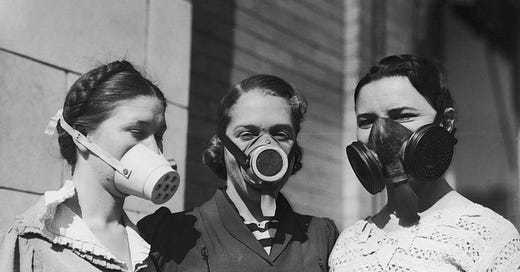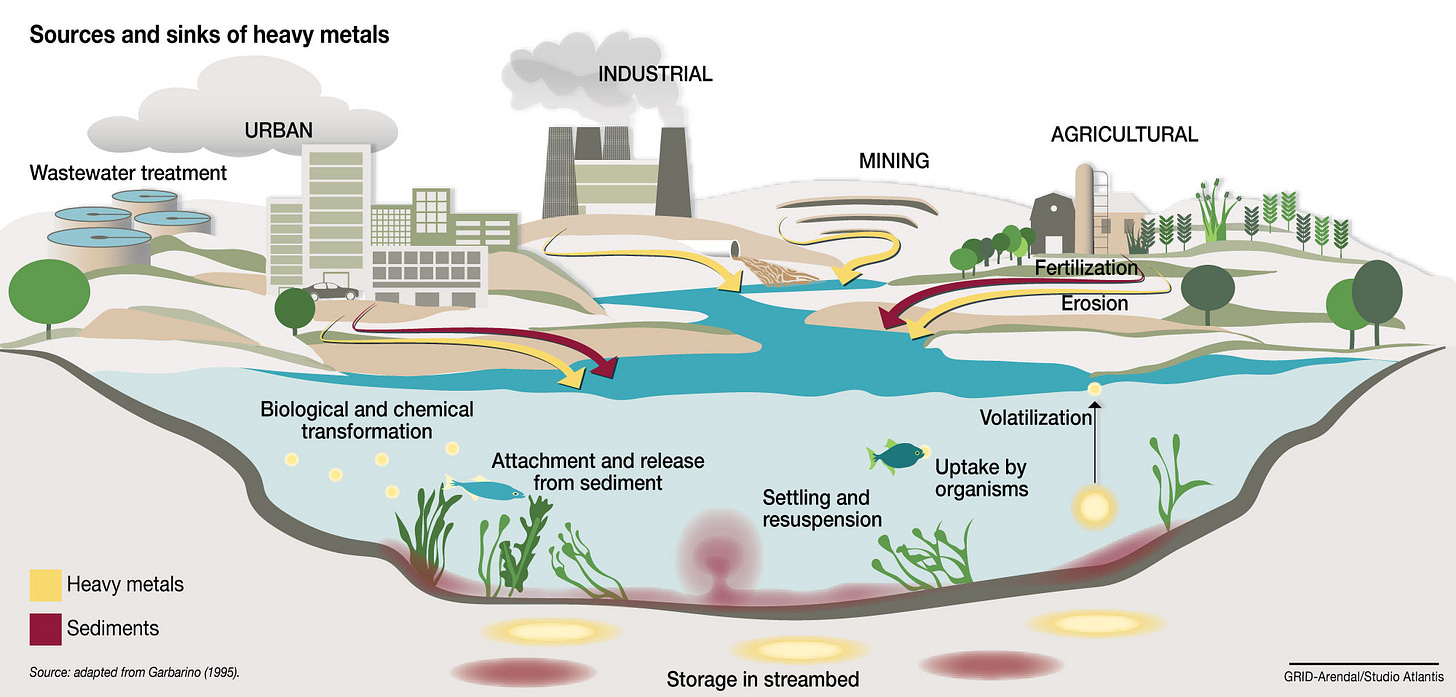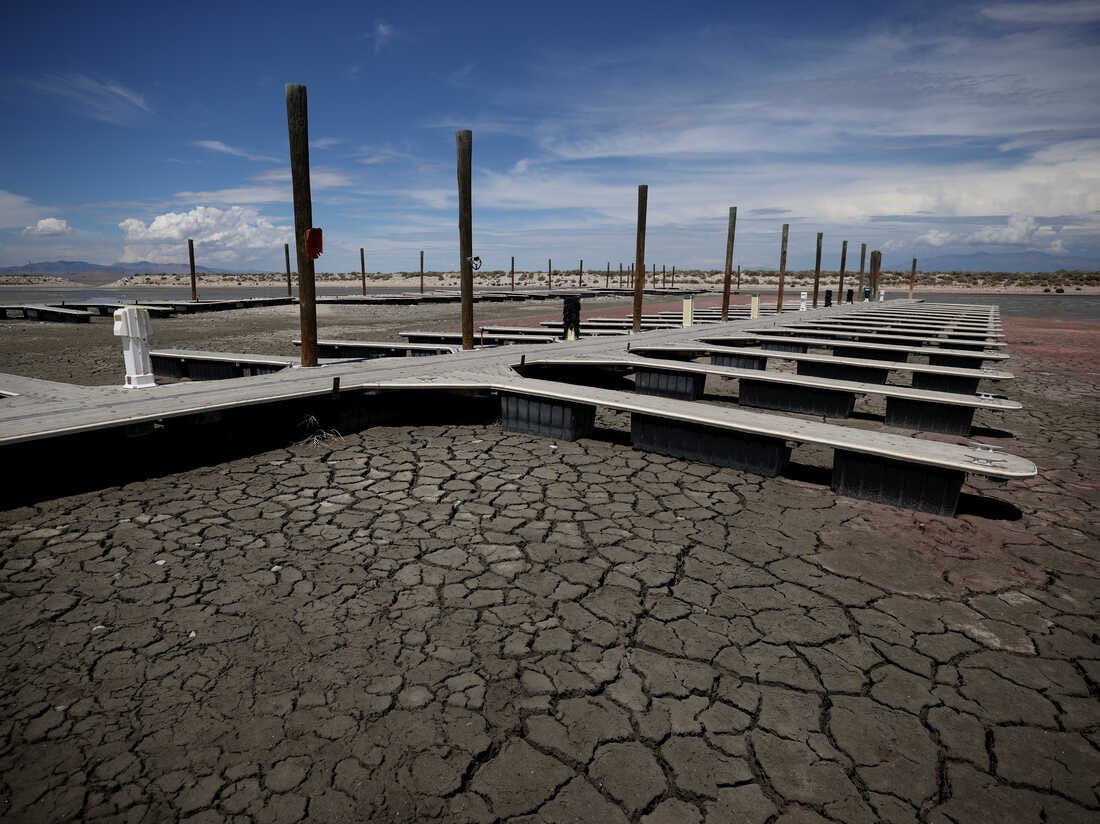As a lover of history, it's impossible not to be concerned about how the changes happening in our world today may echo into our future. One alarming development I recently discovered is the potential for the Great Salt Lake to dry up.
The Great Salt Lake, located in Utah, is the largest saltwater lake in the Western Hemisphere. Its unique ecosystem provides critical habitat for millions of migratory birds, supports a vibrant brine shrimp industry, and is an essential component of the region's cultural and natural heritage. But recent data indicates that the lake is shrinking at an alarming rate, primarily due to human water consumption and climate change.
You may be thinking - How are humans causing the depletion of a saltwater lake? It’s not like we can drink it or use it for irrigation. The key idea here is that the lake is a product of local hydro-equilibrium. In order to remain, it must gain as much water from rain, rivers, and other sources as it loses from evaporation.
As farmers and the growing metro area of Salt Lake City have diverted more water from the sources that would usually feed the lake, it can no longer refill itself fast enough.

The Great Salt Lake is facing an existential crisis. And the consequences are not just an aesthetic or cultural loss, they could be dangerous to our health: if the lake dries up, it could unleash a toxic dust storm across Utah, with disastrous implications for both human health and the environment.
Currently, there is an exposed lakebed area the size of Luxembourg, and this dried lakebed has no rooted plants to protect it from erosive wind which quickly turns to dust. This dust, already harmful to human respiratory tracts due to the small particle size, also contains a more nefarious threat, heavy metals.
The soil that makes up the lakebed of the Great Salt Lake contains high levels of Antimony, Copper, and Arsenic. For Arsenic, the deadliest of the three, this might be as high as 118.89 µg/g, or 12 times the threshold concentration at which effects are usually observed (9.79 µg/g). Copper came in as high as 70 µg/g, more than twice the threshold of 32 µg/g. Antimony has been found at levels up to 2759 µg/g. As long as these metals stay in the soil of the lakebed, they pose minimal threat to people. But once they are whipped up by the wind and dispersed as fine particles of dust, they represent a public health disaster.
This toxic dust could travel hundreds of miles, spreading across the region and affecting millions of people in its path. The long-term health risks are significant, as these particles can cause respiratory illnesses, neurological disorders, and even cancer.
A Precedent in Owens Valley
This is not an unprecedented scenario. In the early 20th century, the Owens Valley in California experienced a similar fate when its lake, Owens Lake, dried up due to excessive water consumption by the City of Los Angeles. The result was a dust bowl of toxic particles that have plagued the region ever since. Although efforts have been made to mitigate the dust storms, the impacts persist to this day, affecting local residents and wildlife. Owens lake is the largest source of carcinogenic particulate air pollution in North America.
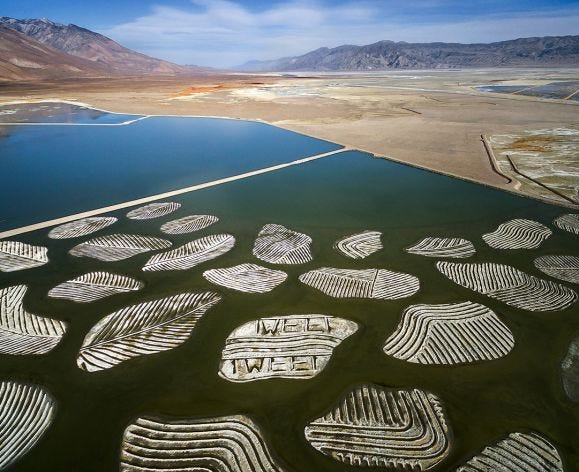
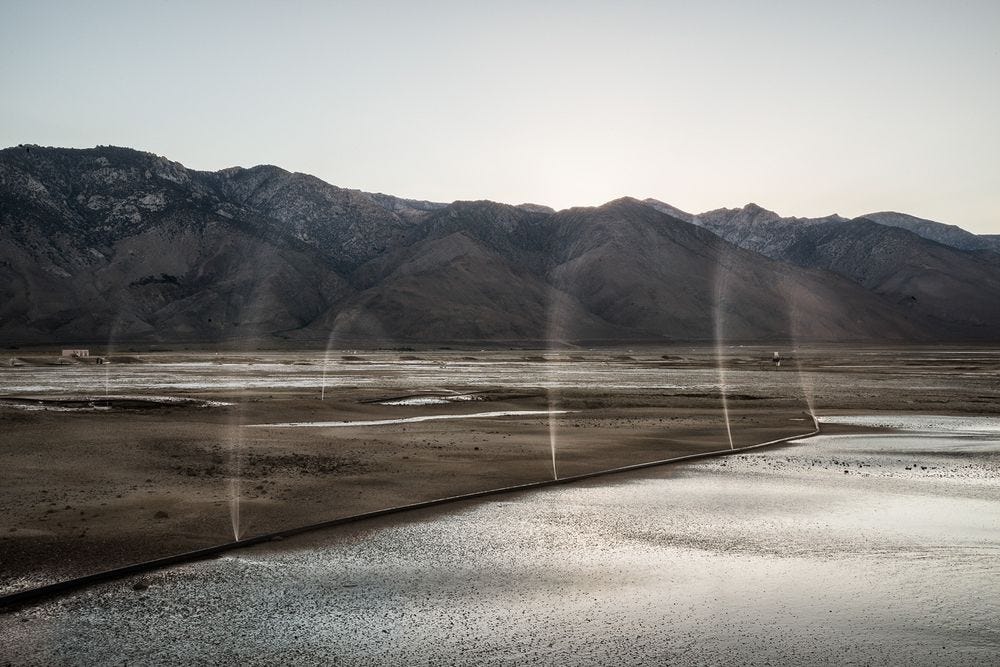
To avoid a similar disaster, swift action is required to protect the Great Salt Lake. This includes reducing water consumption in the region, implementing more sustainable water management practices, and promoting greater awareness of the lake's importance in mitigating dust.
As
suggests, better pricing of water for agricultural users in the area might be on the horizon, as groundwater conservancy districts in the GSL area put pressure on water supply companies. Here is a great interactive map of all water supply companies in Utah and their service areas.If not economics, perhaps technology can save us. The American West is experiencing what is thought to be the worst drought conditions in nearly 1200 years. Companies like Rainmaker by
, which offer the ability to control the weather, may play a key role in ensuring basins like the Great Salt Lake don’t run dry.Whatever we do, it should be done fast. Understated are the effects of air pollution, so the stakes are high. The heart of the Mormon project in SLC might quickly dissolve if residents were forced to endure toxic dust storms.
-Connor, Of All Trades.


